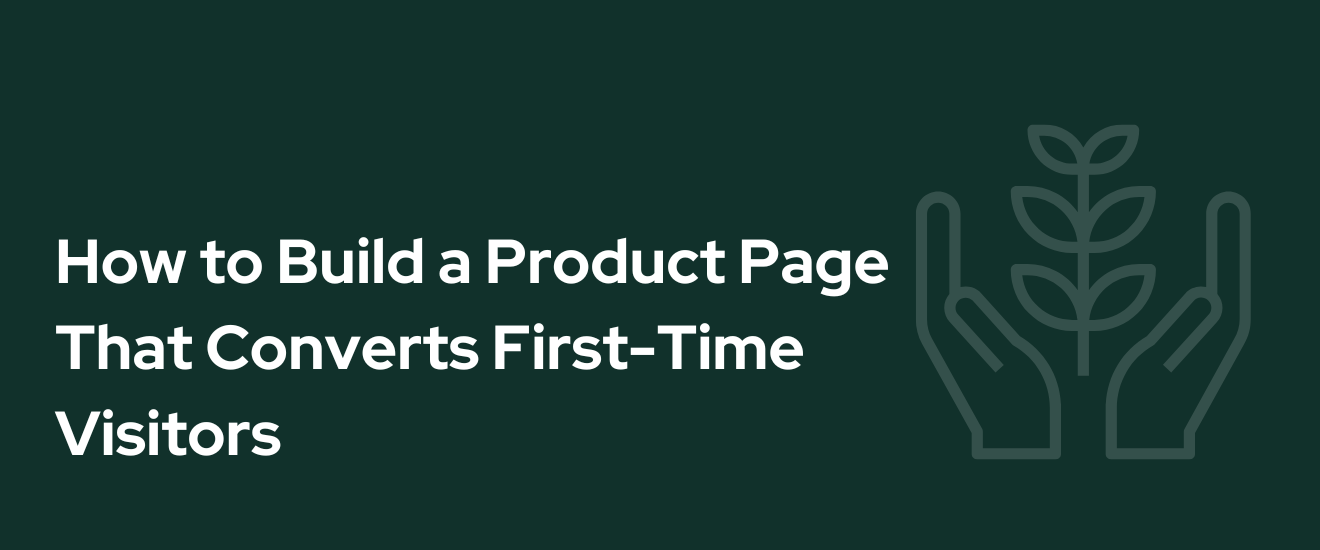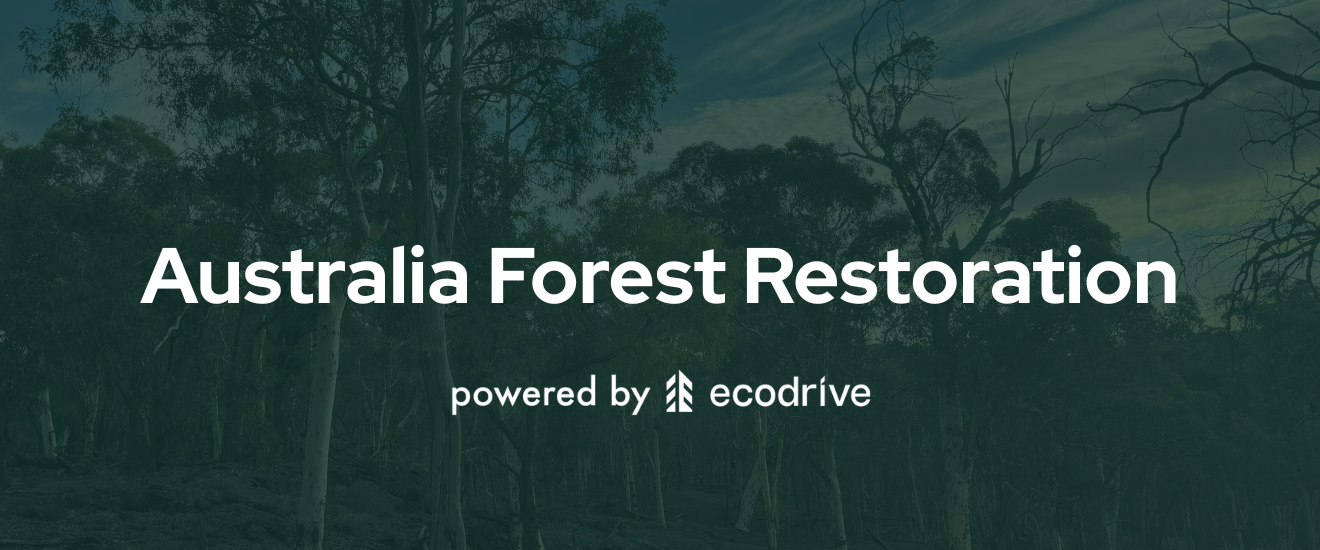How to Build a Product Page That Converts First-Time Visitors
Bitesize design and copy tips to turn traffic into confident buyers
Getting people to land on your product page is only half the battle. If you want them to click "Add to Cart," you need a clear, persuasive, and frictionless experience.
Here's how to build a product page that converts first-time visitors into paying customers.
1. Start With a Benefit-Focused Headline
Instead of simply repeating the product name, use the headline to reinforce the outcome.
Bad: Bamboo Toothbrush
Better: A Plastic-Free Toothbrush That Feels Good to Use
Give first-time visitors a reason to care immediately. Use benefit-led language that frames the product as a solution.
2. Use High-Quality, Contextual Images
Photos aren’t just for aesthetics. They help visitors imagine the product in their lives. Include:
- Multiple angles (front, back, side)
- Lifestyle shots showing the product in use
- Zoomed-in detail to show texture or materials
- Short videos or GIFs for added engagement
Context reduces hesitation. If it's wearable, show different body types.
If it's used at home, show it in real spaces.
3. Include a Clear, Skimmable Product Description
Break your description into digestible chunks. Use bullet points and avoid jargon. Your goal is to answer:
- What is it?
- Who is it for?
- Why is it better?
- What’s included?
Example:
- 100% organic cotton
- Available in sizes XS to XL
- Designed for sensitive skin
- Free returns within 30 days
If the product is customizable, make it easy to understand how.
4. Add Social Proof Near the CTA
Position reviews, testimonials, or star ratings near the "Add to Cart" button. Visitors are more likely to convert when they see real people endorsing the product.
Pull out quotes like: "Super soft and exactly what I was looking for!"
Make reviews filterable by rating, size, skin type, etc. for added clarity.
5. Highlight Urgency or Scarcity Authentically
Used correctly, urgency nudges users to act without feeling manipulated.
- Show low stock levels: "Only 3 left in this color"
- Add shipping cutoffs: "Order within 2 hours for same-day shipping"
Avoid fake scarcity. Trust is more important than a short-term bump in conversions.
6. Support With Key Trust Signals
Don’t assume a visitor knows who you are. Reassure them by adding:
- Badges for shipping, returns, or satisfaction guarantees
- Secure checkout icons
- A short FAQ section
If you have media coverage, certifications, or awards, place them further down the page.
7. Optimize for Mobile and Speed
Most e-commerce traffic is mobile. That means:
- Large, tappable buttons
- No intrusive popups
- Fast load times
Test your product page experience on multiple devices to remove any friction.












